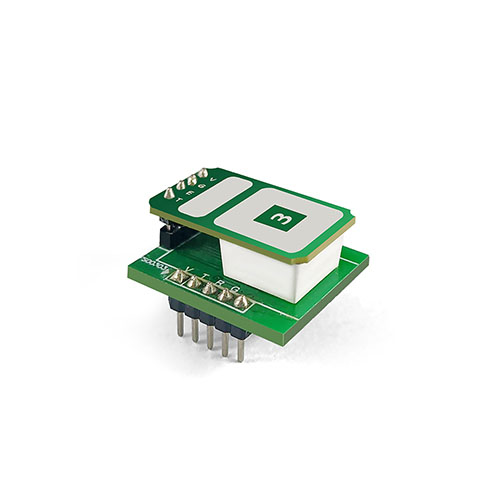CO2 sensors in buildings
Application and future development direction of CO2 sensors in buildings
With the trend of global warming, people’s awareness of environmental protection has gradually increased, and the construction field has also begun to pay attention to the control of carbon dioxide emissions. Carbon dioxide is a colorless, odorless, non-toxic greenhouse gas that can lead to global warming, sea level rise and other problems. Therefore, controlling carbon dioxide emissions is one of the important measures to protect the global environment. The application of CO2 sensors in buildings can help people monitor the carbon dioxide emissions of buildings in real time, and then take corresponding measures to control the concentration of carbon dioxide and reduce the impact on the environment.
Application of CO2 sensors in buildings
1.Monitor buildings’ CO2 emissions
Carbon dioxide sensors can be used to monitor a building’s carbon dioxide emissions. When buildings burn or produce fossil fuels, carbon dioxide is produced, and carbon dioxide sensors can detect this emission and send signals to control systems so that appropriate control measures can be taken. For example, some CO2 sensors can be placed in windows or on roofs to monitor a building’s CO2 emissions. If emissions exceed set values, the control system can automatically close windows or reduce energy consumption.
2.Test the energy efficiency of buildings
Carbon dioxide sensors can also be used to detect the energy efficiency of buildings. By monitoring a building’s carbon dioxide emissions, the building’s energy consumption can be understood and the building’s energy efficiency can be assessed. If the energy efficiency is low, measures can be taken to improve energy efficiency by installing carbon dioxide sensors, such as increasing energy supply, reducing energy consumption, etc.
3.Test energy-saving measures in buildings
Carbon dioxide sensors can also be used to detect whether a building’s energy-saving measures are effective. By monitoring a building’s carbon dioxide emissions, the building’s energy consumption can be understood and the building’s energy efficiency can be assessed. If the energy efficiency is found to be low, measures can be taken to improve energy efficiency by installing carbon dioxide sensors, such as increasing energy supply, reducing energy consumption, etc.
The future development direction of CO2 sensors in buildings
1.Intelligent
With the development of artificial intelligence technology, carbon dioxide sensors can also be made intelligent. Future carbon dioxide sensors can perform data analysis and processing through artificial intelligence technology to provide more accurate data support and decision support.
2.Multi-sensor fusion
Future carbon dioxide sensors will use multi-sensor fusion technology to obtain more comprehensive and accurate data through the fusion of multiple sensors, thereby improving the accuracy of decision-making.
3.Wearable
Future carbon dioxide sensors can be monitored through wearable devices to achieve more real-time and accurate monitoring. Future wearable carbon dioxide sensors can achieve remote monitoring and control by connecting to the Internet.
4.Data visualization
Future carbon dioxide sensors will use data visualization technology to display monitored data in the form of charts, images, etc., allowing users to more intuitively understand the carbon dioxide emissions of buildings and take better control measures.
Carbon dioxide sensors have broad application prospects in the construction field. In the future, with the development of artificial intelligence technology, the application of multi-sensor fusion technology, and the development of data visualization technology, the application of CO2 sensors in buildings will be more accurate, intelligent and efficient.








